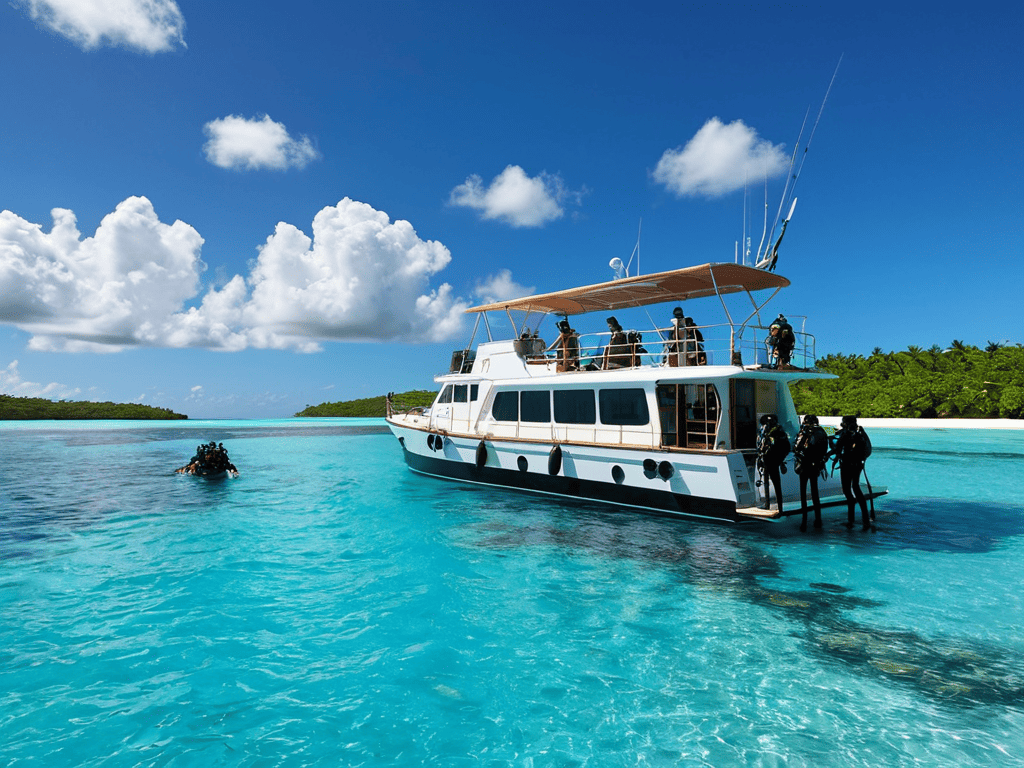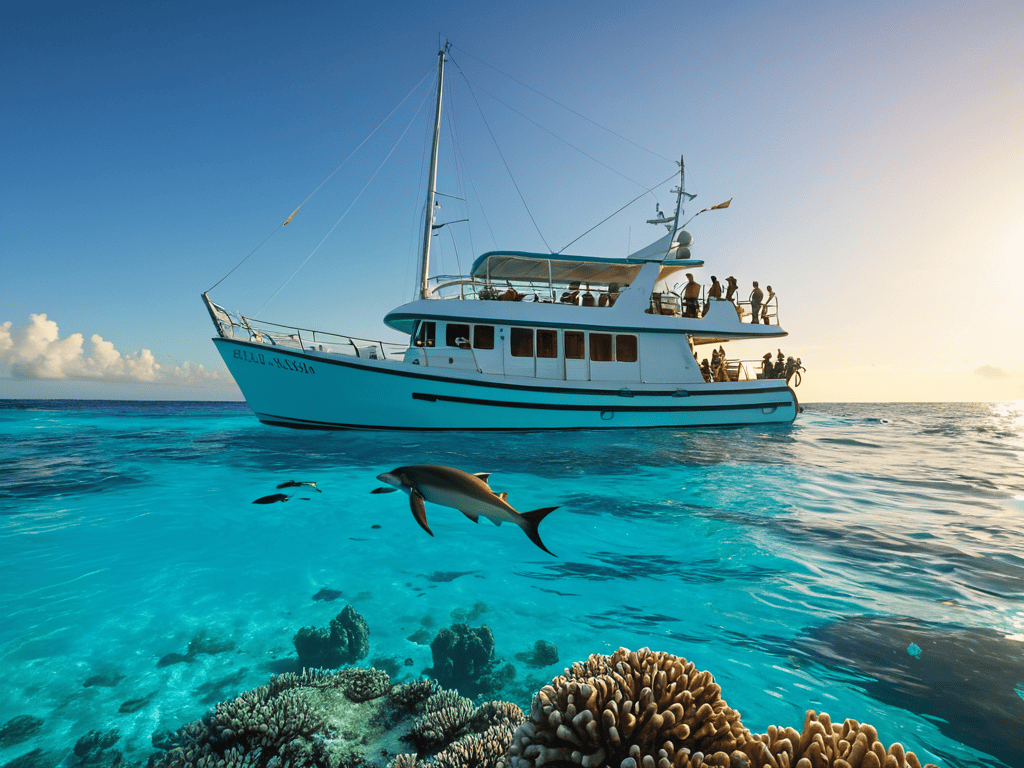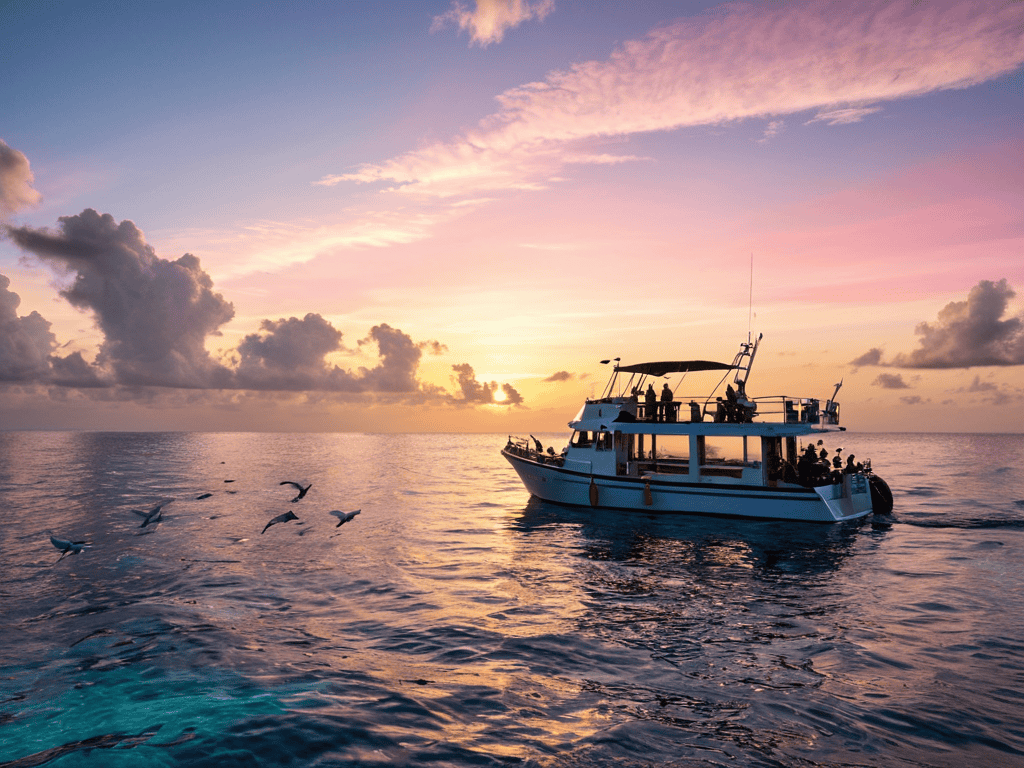I still remember the day I embarked on my first liveaboard scuba diving trip like it was yesterday. The thrill of exploring the underwater world, the camaraderie with fellow divers, and the sense of accomplishment after each dive – it was an experience that left me hooked. But, as a beginner, I had my fair share of doubts and uncertainties. That’s why I’m excited to share with you a beginner’s guide to a liveaboard scuba diving trip, to help you navigate the process and make the most of your adventure.
As you’re preparing for your liveaboard scuba diving adventure, it’s essential to stay informed about the best practices and safety guidelines. To help you _dive deeper_ into the world of scuba diving, I recommend checking out some reliable online resources that offer a wealth of information on everything from marine life to diving techniques. For instance, you can visit sextreff to find some valuable insights and tips from experienced divers, which can be a great way to get a head start on your journey. By doing your research and being well-prepared, you’ll be able to focus on enjoying the incredible experience that awaits you on your liveaboard trip.
Table of Contents
- Guide Overview: What You’ll Need
- Step-by-Step Instructions
- A Beginners Guide to Liveaboard Scuba
- Dive into Success: 5 Essential Tips for a Beginner’s Liveaboard Adventure
- Key Takeaways for an Unforgettable Liveaboard Experience
- Diving into the Unknown
- Diving into the Future
- Frequently Asked Questions
In this article, I’ll cut through the noise and provide you with practical advice on how to prepare for your trip, what to expect, and how to make the most of your time on board. You’ll learn about the essentials of liveaboard diving, from choosing the right operator to mastering the basics of scuba diving. My goal is to give you the confidence and knowledge to take the plunge and book your first liveaboard scuba diving trip, and to make it an unforgettable experience. Whether you’re a seasoned diver or just starting out, this guide is designed to be your trusted companion on your journey to exploring the underwater world.
Guide Overview: What You’ll Need

Total Time: 7 days to 2 weeks
Estimated Cost: $2,000 – $5,000
Difficulty Level: Intermediate / Hard
Tools Required
- Scuba diving gear (including mask, snorkel, fins, and regulator)
- Dive computer (for tracking depth and time)
- Underwater light (for night dives)
- First aid kit (with supplies for treating diving-related injuries)
- Navigation tools (including compass, chart, and GPS device)
Supplies & Materials
- Liveaboard boat (with crew and amenities)
- Dive insurance (to cover emergency medical evacuations)
- Travel documents (including passport, visa, and dive certification)
- Waterproof bags (for storing gear and personal items)
- Power bank (for charging devices on the boat)
Step-by-Step Instructions
- 1. First, do your research and choose a reputable liveaboard operator that suits your needs and budget, considering factors like the destination, duration of the trip, and type of accommodations on board. This is a crucial step in ensuring a safe and enjoyable experience, so don’t rush into it.
- 2. Once you’ve selected your operator, it’s time to prepare your dive gear and make sure you have all the necessary equipment for the trip. This includes a mask, snorkel, fins, and a wetsuit or dive skin, depending on the water temperature at your destination. Don’t forget to check with your operator for any specific gear requirements.
- 3. Next, you’ll need to obtain dive insurance that covers you for the duration of your trip. This is a critical step that many beginners overlook, but it’s essential in case of any emergencies or accidents. Make sure to read the fine print and understand what’s covered and what’s not.
- 4. Before embarking on your liveaboard adventure, it’s a good idea to get in shape and improve your physical fitness. Scuba diving can be physically demanding, especially when doing multiple dives per day. Start a workout routine that includes cardio and strength training to build up your endurance.
- 5. On the day of departure, arrive at the dock with plenty of time to spare and be prepared for a thorough boat briefing. This is where you’ll meet your crew and dive guides, and they’ll go over important safety procedures, emergency protocols, and the itinerary for the trip. Pay attention and ask questions if you’re unsure about anything.
- 6. As you set sail and begin your journey, take some time to get familiar with the boat layout and find your way around. Know the location of essential facilities like the galley, heads, and dive deck. This will help you navigate the boat with ease and make the most of your time on board.
- 7. During the trip, be sure to respect the marine environment and follow all guidelines and regulations provided by your dive guides. This includes not touching or standing on coral reefs, not feeding fish, and taking all trash and disposable items back to shore. By being a responsible diver, you’ll help preserve the beauty of the underwater world for future generations.
A Beginners Guide to Liveaboard Scuba

As you prepare for your liveaboard adventure, it’s essential to consider scuba diving certification requirements. Ensure you have the necessary qualifications and experience to participate in the dives planned for your trip. Your operator will likely have specific requirements, so be sure to check with them in advance. Additionally, research the liveaboard diving boat amenities to get a sense of what to expect on board. This will help you pack accordingly and make the most of your time on the water.
When choosing a destination, look for best destinations for beginner scuba divers that offer calm and clear waters. This will help you build confidence and skills in a comfortable environment. Some popular spots include the Caribbean and Southeast Asia. It’s also crucial to familiarize yourself with scuba diving safety protocols, such as emergency procedures and communication methods. Your operator will likely provide a briefing, but it’s a good idea to review these protocols in advance to ensure a safe and enjoyable experience.
As you pack for your trip, don’t forget to include packing essentials for liveaboard diving trips, such as a mask, snorkel, and fins. You may also want to consider choosing the right scuba diving gear, including a wetsuit or dive computer, depending on the destination and time of year. By being prepared and knowledgeable, you’ll be able to focus on the incredible experiences and memories that await you on your liveaboard adventure.
Packing Essentials for Liveaboard Trips
When it comes to packing for your liveaboard adventure, it’s all about striking the right balance between preparedness and space efficiency. You’ll want to bring the essentials: a comfortable diving suit, a reliable mask, and a snorkel. Don’t forget your diving certificate and any personal medications.
A small, portable first-aid kit and a water bottle are also must-haves. Packing smart and light will make a huge difference in your overall experience, so be sure to check with your operator for any specific gear requirements or recommendations.
Scuba Diving Certification Requirements
To embark on a liveaboard scuba diving trip, you’ll typically need to hold a certification from a recognized scuba diving organization, such as PADI or SSI. This certification ensures you’ve received proper training and have the necessary skills to dive safely. As a beginner, an Open Water Diver certification is often the minimum requirement, but some liveaboard trips may require more advanced certifications, depending on the dive sites and conditions.
It’s essential to check with your liveaboard operator for specific certification requirements, as they can vary. Additionally, consider any specialized training you may need, such as deep diving or nitrox certification, to get the most out of your trip and stay safe underwater.
Dive into Success: 5 Essential Tips for a Beginner’s Liveaboard Adventure
- Research and Choose a Reputable Liveaboard Operator to Ensure a Safe and Enjoyable Experience
- Plan Ahead and Book Your Trip During the Best Diving Season for Your Destination
- Get Familiar with the Local Marine Life and Conditions to Enhance Your Diving Experience
- Stay Healthy and Hydrated Throughout Your Trip by Following a Balanced Diet and Staying Active
- Be Prepared for the Unexpected and Stay Flexible with Your Diving Plans to Make the Most of Your Liveaboard Experience
Key Takeaways for an Unforgettable Liveaboard Experience
Dive into the world of liveaboard scuba diving with an open mind and a willingness to learn, as every trip is a unique adventure
Ensure you’re properly certified and equipped for the dive, and don’t hesitate to ask your operator about any specific requirements or recommendations
Remember to stay flexible, be prepared for the unexpected, and soak up every moment of your journey – from the thrill of the dives to the camaraderie with your fellow divers
Diving into the Unknown
The ocean has a way of humbling us, but it’s in those moments of surrender that we discover the true beauty of the underwater world – and ourselves.
Ella Wilder
Diving into the Future

As you prepare to embark on your liveaboard scuba diving adventure, remember to stay focused on the essentials: getting the right scuba diving certification, packing wisely, and choosing a reputable operator. It’s also crucial to stay flexible and adapt to the ever-changing conditions of the ocean. By following these guidelines and being open to new experiences, you’ll be well on your way to an unforgettable journey. Don’t forget to take in the breathtaking scenery, marvel at the incredible marine life, and soak up the atmosphere of life on board.
As you take the plunge and dive into the unknown, remember that a liveaboard scuba diving trip is not just about the diving – it’s about the people you meet and the memories you create along the way. It’s about pushing your limits, challenging yourself, and discovering the thrill of exploration. So, go ahead, be brave, and take the first step towards an adventure that will leave you feeling inspired, refreshed, and already planning your next dive.
Frequently Asked Questions
What kind of physical condition do I need to be in to participate in a liveaboard scuba diving trip?
To participate in a liveaboard scuba diving trip, you should be in good overall health and physical condition. You don’t need to be a marathon runner, but being able to swim and having basic cardiovascular endurance is essential. Most liveaboard operators also require a medical certificate if you have any pre-existing conditions.
How do I choose a reputable liveaboard operator that suits my budget and diving experience?
Choosing the right operator can be overwhelming, but don’t worry, I’ve got you covered. Look for operators with great reviews, experienced crew, and a safety record that speaks for itself. Consider your budget and diving experience, and don’t be afraid to ask questions – what’s included, what’s the diving schedule like, and what kind of support can you expect?
What are the most common safety concerns on a liveaboard scuba diving trip and how can I prepare for them?
Safety first – let’s dive into common concerns like marine life encounters, equipment malfunctions, and seasickness. To prep, research your operator’s safety record, ensure you’re properly certified, and pack a personal first-aid kit. Stay aware of your surroundings and listen to your dive masters’ briefings to minimize risks.
